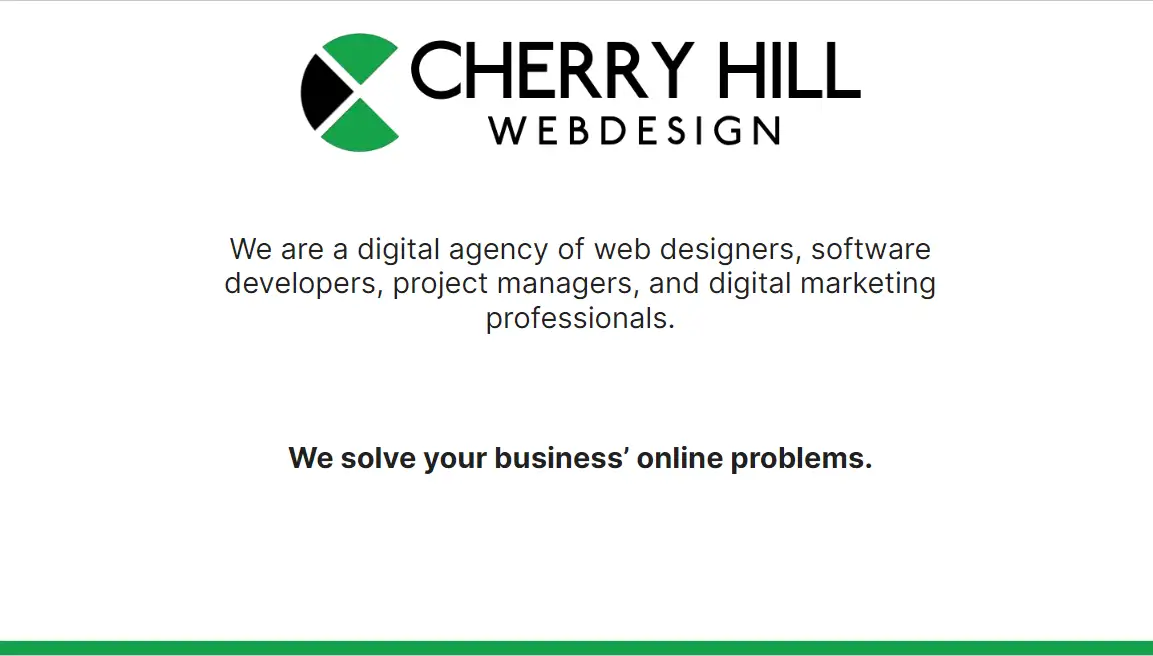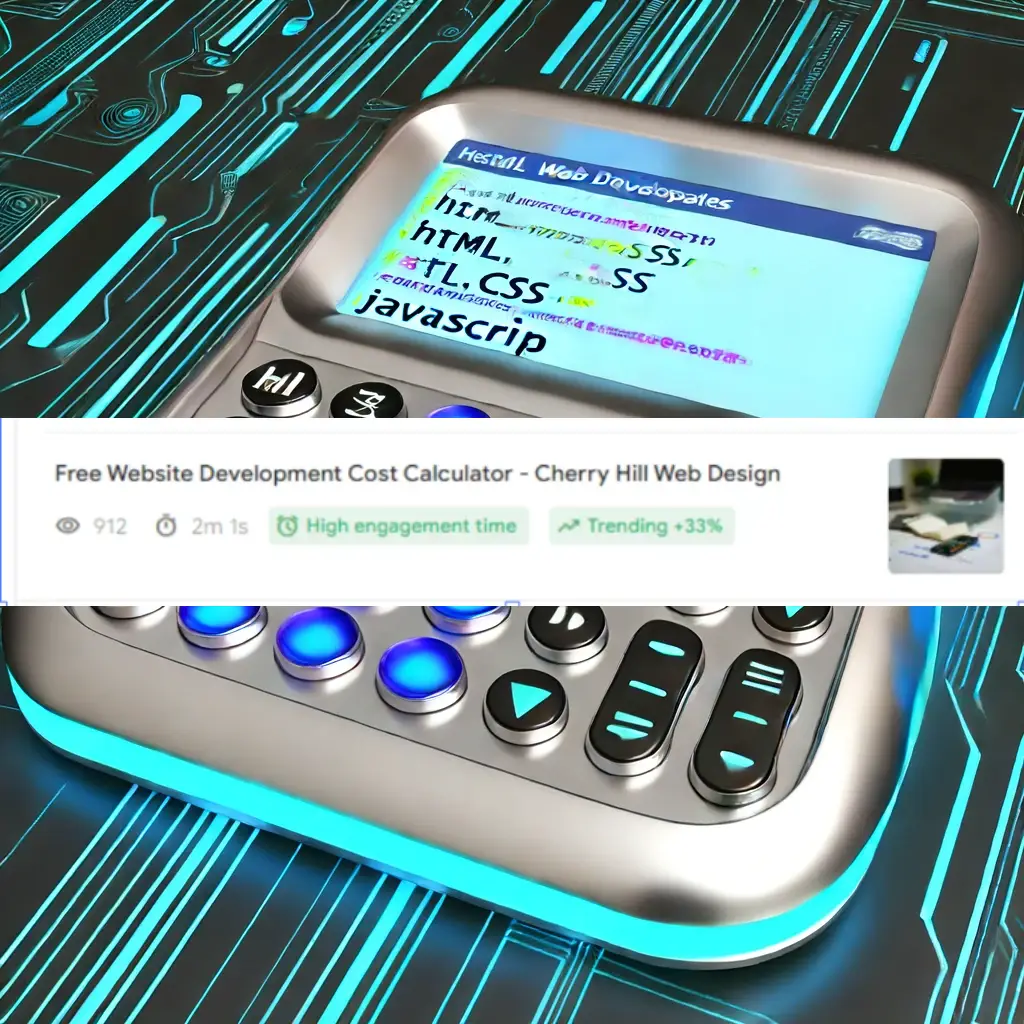
How to Hire a Website Designer And Not Get Burned: Expert Tips and Strategies
The key to hiring a website designer successfully lies in knowing what you need and finding the right talent to match those needs. A good web designer should create a site that not only looks great but functions smoothly and meets your business goals. By understanding your project requirements and exploring a designer’s portfolio, you increase your chances of hiring the right person.

When searching for a web designer, it's important to focus on their experience with similar projects and their understanding of current web design trends. This will help ensure the designer can handle your unique needs. Thoroughly reviewing their past work and talking to previous clients can also give you valuable insights.
Allocating the right budget and having clear communication are vital. Budgeting accurately helps avoid surprises down the line, while clear communication ensures that both you and the designer are on the same page. This lays the foundation for a smooth collaboration and a successful website project.
Key Takeaways
- Know your website needs before searching for a designer
- Review portfolios and past work for the best fit
- Ensure clear budget and communication plans are in place
Understanding Web Design and Your Needs

Identifying the right web designer involves knowing your project's scope, defining the purpose of your website, and understanding the skills needed. It's crucial to make informed decisions to avoid common pitfalls.
Evaluating the Scope of Your Project
Evaluate the size and complexity of your project. A small business might need a simple, user-friendly website, while a larger enterprise could require multiple pages with complex features. Consider if you need e-commerce functionalities or a content management system. It's important to have a clear vision of your website layout and the level of customization required. Clear goals will help find a designer whose skill set matches your project's demands.
Defining Your Website's Purpose
Identify why you need a website. Is it for selling products, providing information, or enhancing your online presence? A clear purpose guides the web design and ensures the site meets user experience (UX) standards. For instance, an e-commerce site needs a streamlined shopping experience, while an informational site focuses on easy navigation and readability. Knowing the purpose also helps in selecting design elements that align with your business goals.
Assessing Required Skills and Expertise
Understand the specific skills required. Web design encompasses various technical and creative skills. For mobile-friendly designs, choose someone proficient in responsive design techniques. Evaluate their expertise in UX to enhance user satisfaction. Look at their previous work, especially in projects similar to yours. Check for familiarity with relevant tools and technologies like HTML, CSS, JavaScript, and graphic design software. This ensures the designer can deliver a website that functions well across devices and meets your specific needs.
Finding the Right Website Designer

A critical step in hiring the right website designer involves exploring various platforms, analyzing their work, and conducting thorough interviews.
Exploring Marketplaces and Professional Networks
To find a potential web designer, start by scanning online marketplaces and professional networks. Platforms like Fiverr and Upwork offer numerous web designers for different budgets. On these sites, businesses can hire freelancers based on individual projects, and these platforms often feature reviews and ratings to help make decisions easier.
Professional networks such as LinkedIn and Behance also serve as excellent resources. LinkedIn allows users to view a designer's professional background and endorsements from previous clients, making it easier to assess their credibility. Behance and Dribbble showcase designers' portfolios, giving a clear visual representation of their skills and style.
Analyzing Portfolios and Online Presence
Reviewing portfolios is vital in choosing the right web designer. A designer’s portfolio showcases their past work and style. By examining their previous projects, you can determine if their design aesthetic matches your vision. Look for diversity in their work and how they handle different design challenges.
Check their online presence on platforms like Behance and Dribbble. These sites display their best projects, client feedback, and sometimes the design process. This insight helps understand their skills and versatility. Don’t forget to visit designers' personal websites; a well-designed personal site reflects their abilities and attention to detail.
Conducting Interviews and Checking References
Interviewing potential web designers is crucial to assess their compatibility with your project. Prepare specific questions about their design process, client communication, and project management. Ask about their experience with similar projects to ensure they can meet your needs.
It's also important to check references. Contact previous clients to learn about their experience working with the designer. Ask about the designer’s reliability, ability to meet deadlines, and quality of work. This feedback provides a realistic view of what it’s like to work with the designer, helping to prevent future issues.
Strategizing Your Investment

Investing in a website designer requires careful planning to avoid unnecessary expenses and ensure you get the best value for your money.
Determining Your Budget and Payment Schedules
To start, it's important to figure out how much you can actually spend. This helps prevent overspending. Set a clear budget that includes all possible expenses. For small businesses, websites typically range from a few hundred to several thousand dollars.
Payment schedules are also crucial. Designers may ask for a portion of the payment upfront. You can negotiate milestones for payments throughout the project. This way, you only pay for completed work.
Clear communication about these payment steps can save you from unexpected costs and keep the project on track.
Understanding Pricing Structures and Total Costs
Pricing structures vary between designers. Some charge an hourly rate, while others use a flat fee for the whole project. Knowing the differences helps in making an informed decision. Hourly rates might appear cheaper at first, but they can add up quickly if the project takes longer than expected.
Flat fees provide more transparency with a fixed total cost but might be higher upfront. It's wise to get a detailed quote, including any additional costs for revisions or extra features. Evaluating these costs carefully prevents financial surprises later on.
Reviewing different options and understanding these factors will help you manage your investment more effectively.
Frequently Asked Questions

Hiring a web designer involves budgeting, checking qualifications, ensuring quality, setting up contracts, communicating visions, and following best practices.
What considerations should be taken into account when budgeting for web design services?
The cost for web design can range widely. According to Design Powers, it's important to gather all assets like images and logos before discussing prices with a designer. Rates can vary from $15 to over $100 per hour, with an average between $40 and $75 per hour, as highlighted by Forbes.
What are the key qualifications to look for in a web designer before hiring?
Look for a designer with a strong portfolio that matches your project's needs. As noted by WebFX, it helps to have industry-specific experience to avoid design mismatches. Additionally, technical skills and familiarity with relevant tools and platforms are crucial.
How can one ensure a web designer delivers quality work that meets expectations?
To ensure quality work, clearly specify your needs and expectations upfront. Regular check-ins during the project are essential. Viewing past client reviews and testimonials can also provide insight into the designer's reliability and quality of work.
What contract terms should be established with a web designer to protect both parties?
Establish clear contract terms that address timelines, deliverables, payment schedules, and how changes or revisions will be handled. According to Indeed, this transparency helps protect both parties and sets clear expectations from the start.
How does one effectively communicate their vision and goals to a web designer?
Provide detailed project briefs, including desired functions, style preferences, and examples of websites you like. Regular meetings and updates can ensure both parties stay aligned. Utilizing mood boards or style guides can also help convey the desired aesthetic.
What are the best practices for working with a web designer to ensure a successful project?
Maintain open communication throughout the project. Offer constructive feedback and be specific about changes or improvements needed. Regularly scheduled progress meetings can help keep the project on track and ensure any issues are promptly addressed.






















